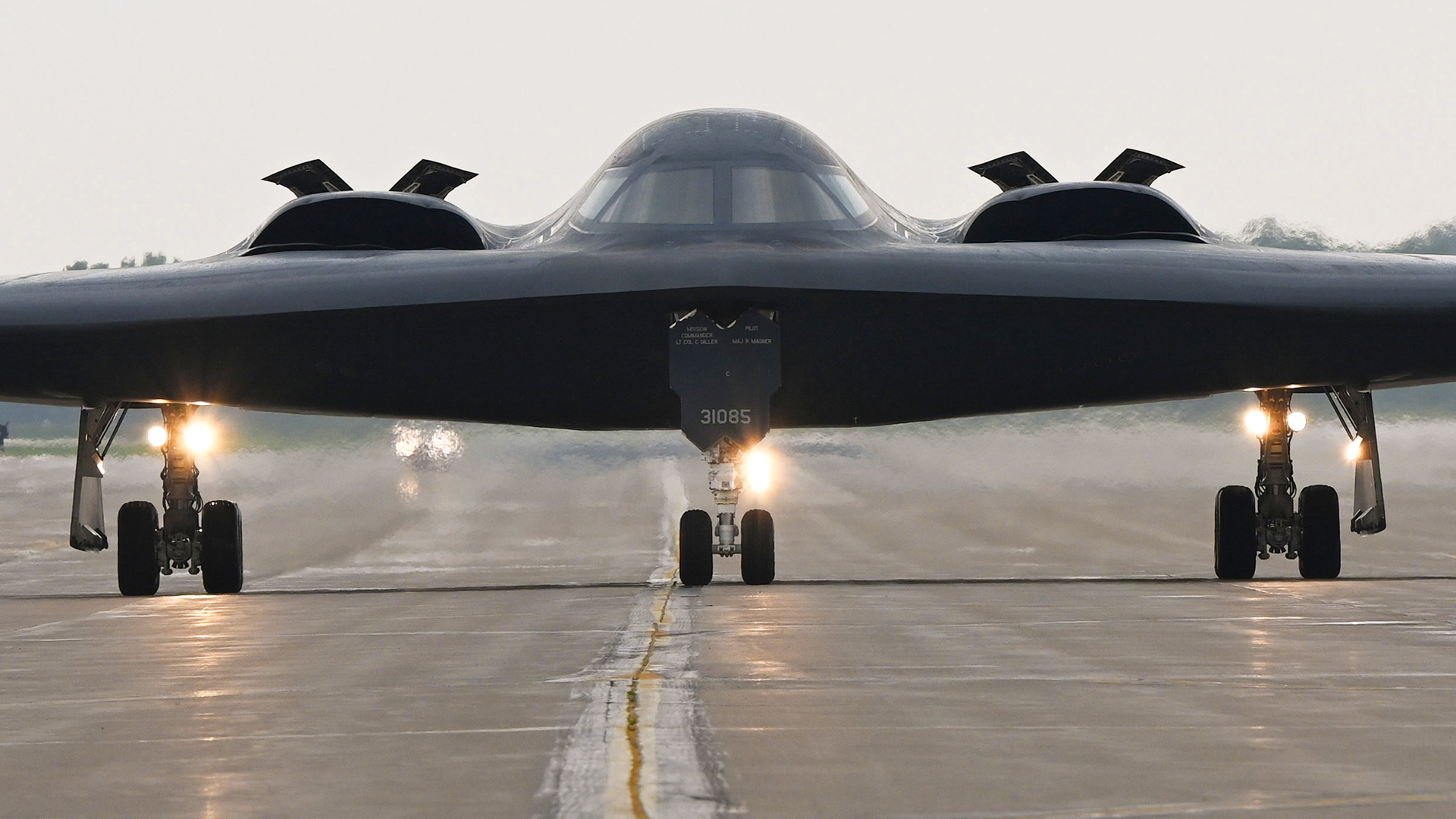The U.S. Air Force has decided not to repair a B-2 Spirit stealth bomber involved in a mishap because of the costs and complexities involved and will divest the aircraft instead. The news of striking one of the precious B-2s from its fleet comes as the Air Force continues to move toward fielding its new B-21 Raider stealth bombers as replacements for its existing B-2s, as well as its supersonic swing-wing B-1 bombers.
Details about the Air Force’s decision to get rid of the damaged B-2, which is set to formally happen sometime in the next year or so, were included in an annual force structure report that the Pentagon released in April. Aviation Week was among the first to report on this development. There are currently just 20 B-2s in the service’s inventory, including the damaged one.
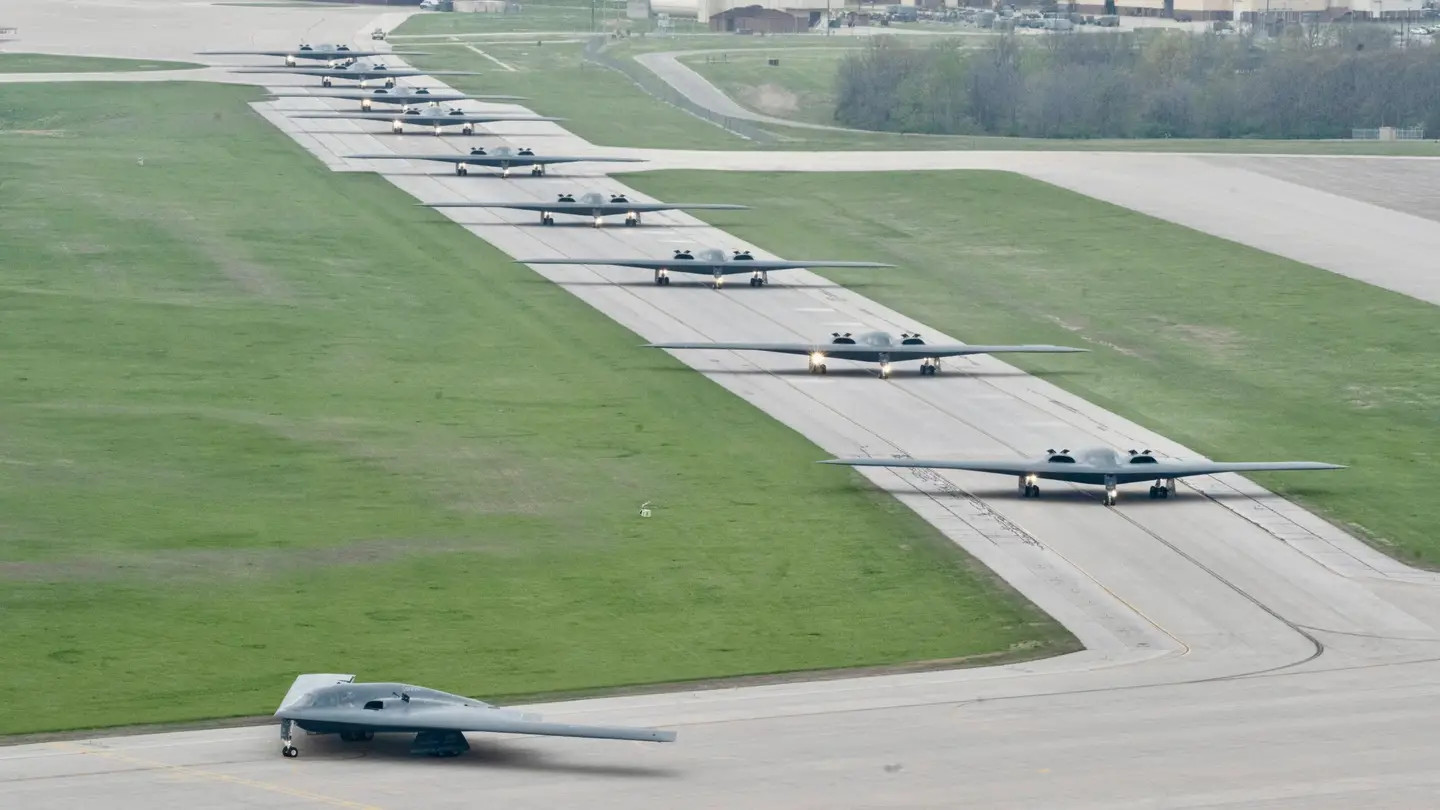
“The B-2 is being divested in FY 2025 due to a ground accident/damage presumed to be uneconomical to repair,” according to the Pentagon report. Fiscal Year 2025 begins on October 1, 2024.
The report does not provide any further details about the accident in question, the projected costs to repair the aircraft involved, or the Air Force’s decision-making process on the matter. It’s also not clear what will physically happen to whatever is left of the bomber. The War Zone has reached out to the Air Force for more information.
It seems very likely that the B-2 to be divested is the one that made an emergency landing and suffered a fire at Whiteman Air Force Base in Missouri on December 10, 2022. At the time of writing, the cause of that mishap does not look to have been publicly disclosed. Whiteman is the main operating base for the entire B-2 fleet.
What is known is that B-2 ended up blocking Whiteman’s single runway for more than a week afterward. The entire B-2 fleet was largely grounded for some six months after that incident as a result. The Air Force did insist throughout the “safety pause” that the bombers, which are a key element of the air leg of America’s nuclear deterrent triad, could still be employed in that role if required.
Another B-2 had suffered a similar-looking mishap at Whiteman in 2021. That bomber was subsequently made airworthy and was flown to Northrop Grumman’s facility at Plant 42 in Palmdale, California the following year for more extensive repairs. There is also a possibility that the Air Force could have halted work to return that aircraft to service for some reason.
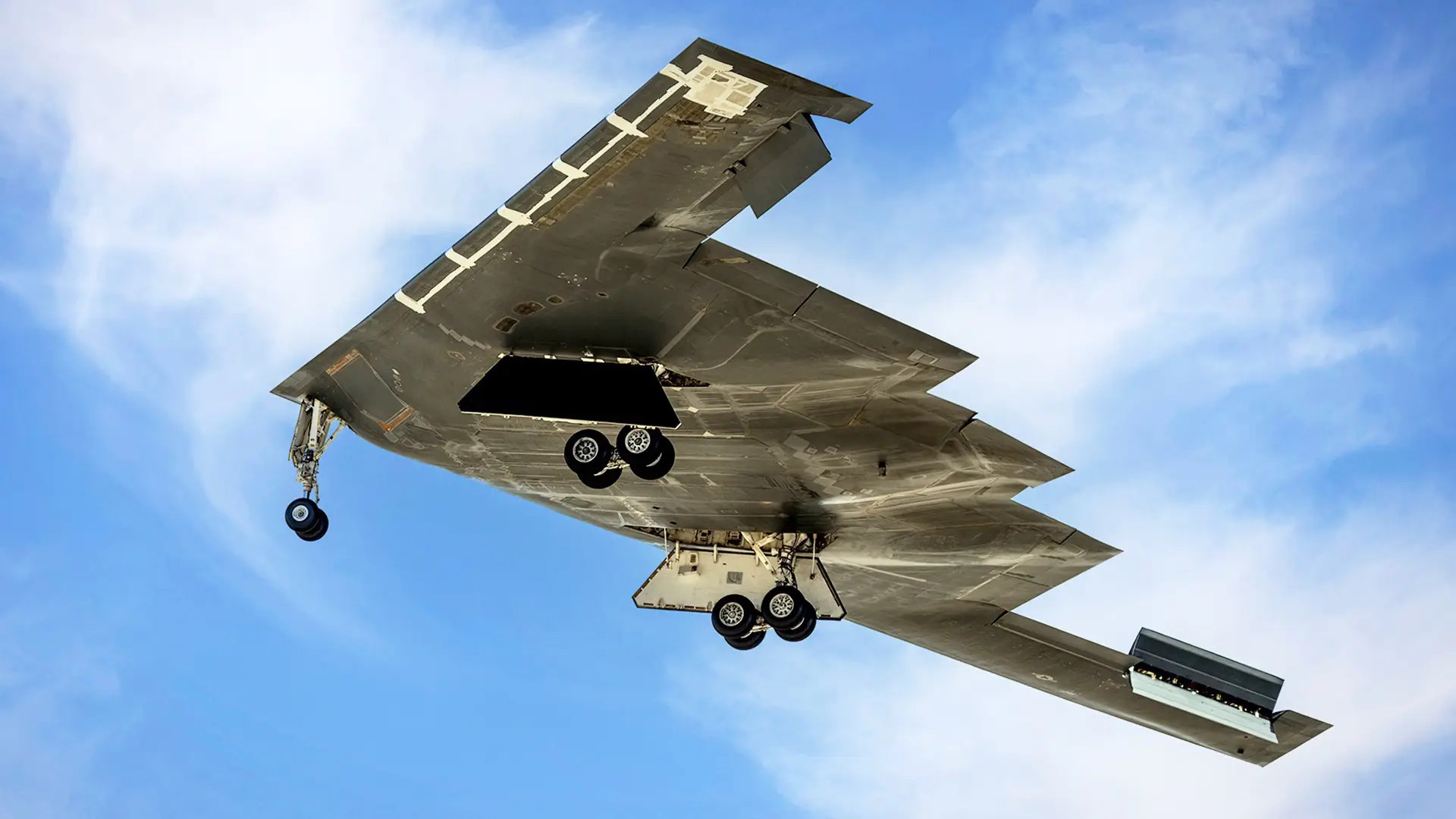
None of the other 18 B-2s currently in the Air Force’s inventory are known to be seriously damaged.
Northrop (which merged to form Northrop Grumman in 1994) built all these bombers – 21 in total – at Plant 42 starting in the late 1980s. Another B-2 was lost in a crash at Andersen Air Force Base on Guam in 2008.
What it would have cost to avoid this now-planned B-2 divestment is unknown and the Air Force itself may not have known for sure. The April Pentagon force structure report notably describes the damaged aircraft as simply being “presumed to be uneconomical to repair.”
This is not surprising. The B-2s are extremely complex aircraft even when it comes to their composite structures and exterior coatings, the latter of which are extremely sensitive just to general environmental factors. The fleet is also very small and already extremely costly to maintain on a day-to-day basis. As is the case with many stealth aircraft, even relatively minor mishaps are often very expensive and complicated affairs.
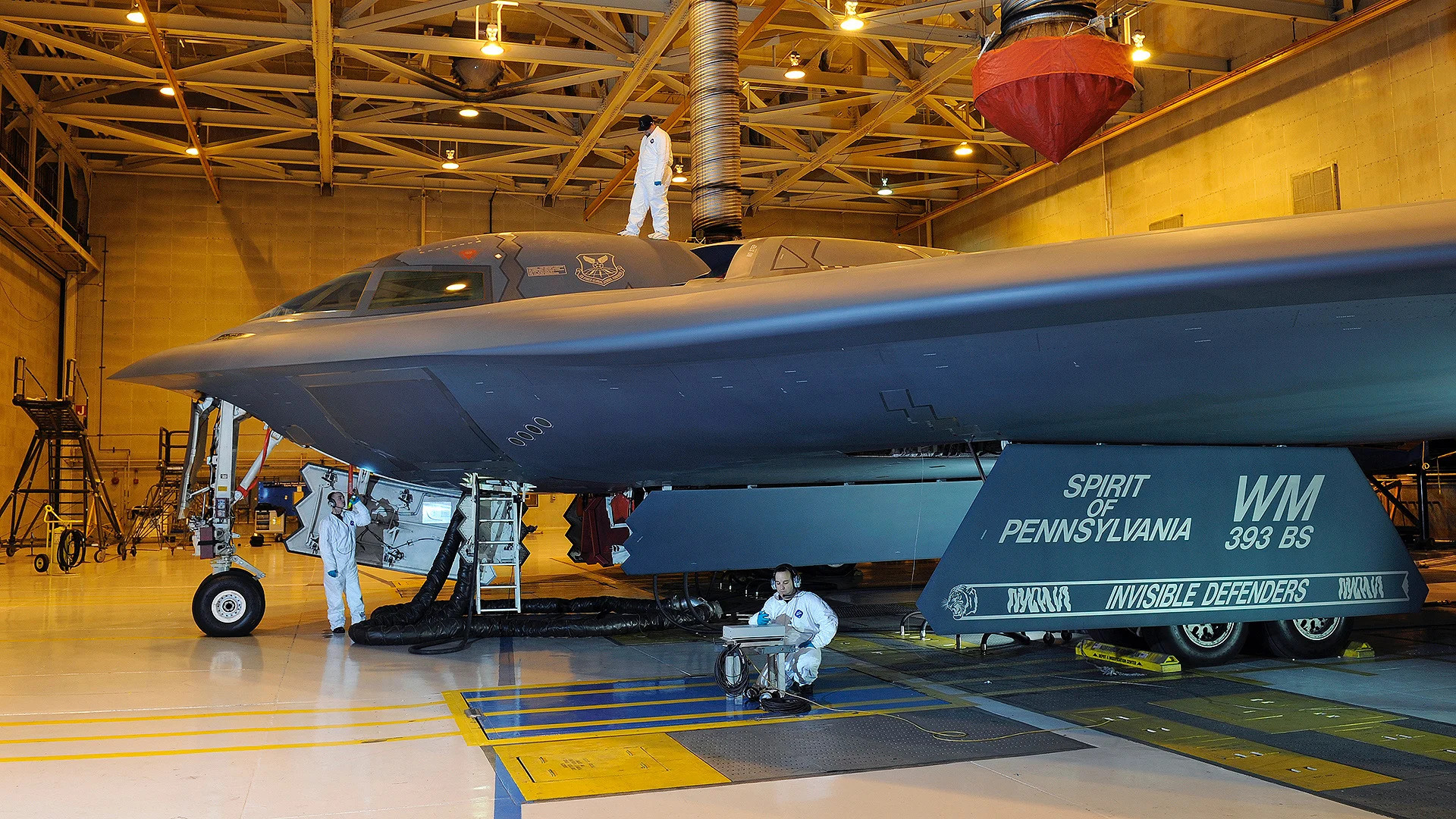
How much the Air Force is already paying to fix the B-2 involved in the earlier 2021 mishap is unclear, but an initial assessment estimated the repair bill would be at least $10.1 million, and likely far higher in actuality. It cost the service $105 million to get another B-2 flying again after it suffered a fire at Andersen on Guam in 2010, but that also included the price of a planned overhaul of that aircraft that was performed simultaneously with the repairs.
There is also a question of return on investment given that it can take years to return complex stealthy aircraft like the B-2 to service after a mishap. The B-2 involved in the 2021 accident is still at Plant 42 as far as we know. It took nearly three years for the bomber that suffered the fire on Guam to begin flying operationally again.
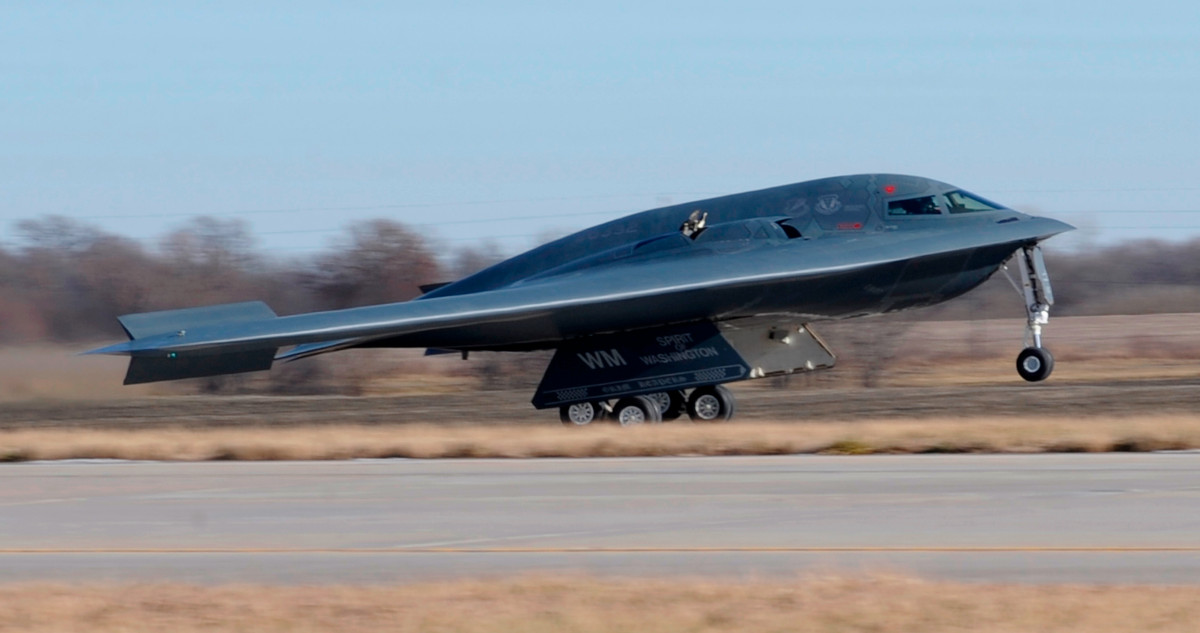
The B-2’s future replacement, the B-21 Raider, is now in low-rate initial production and the expectation is that the new stealth bombers will begin entering service sometime in the late 2020s. The first pre-production B-21 made its maiden flight in November 2023 and is now undergoing initial flight testing.
“As of today, good progress is being made. We believe we are on track,” Andrew Hunter, Assistant Secretary of the Air Force for Acquisition, Technology, and Logistics, told members of the Senate Armed Services Committee earlier this week, according to Air & Space Forces Magazine. “I’m looking forward very much to talking to you when we can come back with data on those efforts and let you know where we stand.”

It is worth noting that the B-2 fleet still has years of service life left ahead of it and that the bombers are still set to receive upgrades and additional capabilities before they are retired for good.
At the same time, it is not hard to see how the Air Force could decide the cost and time required to repair a damaged example now is no longer a worthwhile investment as it pushes ahead with the B-21 program.
UPDATE: 5/13/2024 —
The U.S. Air Force has confirmed to The War Zone that the B-2 being divested is the bomber that was involved in the mishap at Whiteman Air Force Base in December 2022.
Contact the author: joe@twz.com
